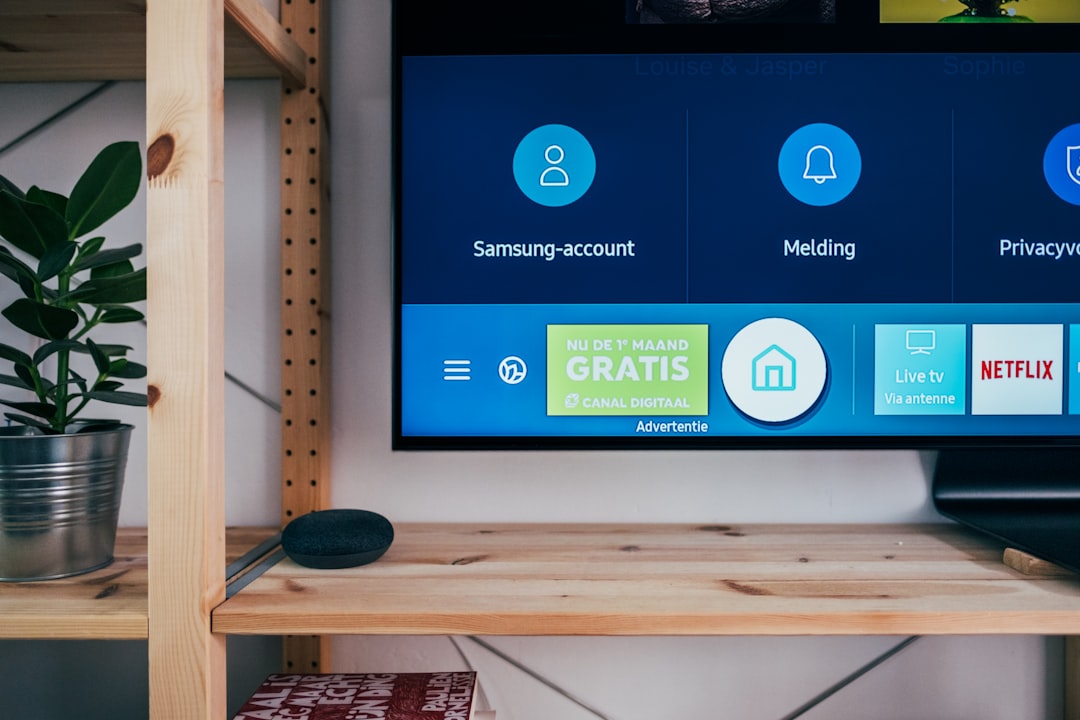Modern smartphones are full of smart features designed to improve battery life and user experience. However, sometimes these automatic functions don’t align with our expectations — like when the screen turns off during a call. If you’ve ever found yourself fumbling in frustration, trying to end a call or access the keypad while your screen stays black, you’re not alone. This common issue can usually be fixed quite easily, depending on your device and what’s causing the behavior.
TLDR
If your phone screen keeps going black during calls, it’s likely due to the proximity sensor. This sensor turns off the display when you hold the phone to your ear to prevent accidental touches. However, it can sometimes malfunction or be overly sensitive. You can fix the issue through settings, hardware checks, or third-party apps, and if all else fails, a visit to a technician may be necessary.
Why Does the Screen Go Black During Calls?
The proximity sensor is the primary reason a screen turns black during calls. This small but powerful component detects when something (like your face or ear) is close to the screen, prompting it to switch off the display and save battery — and to avoid accidental screen touches.
While this is helpful, it can become a hassle when:
- The sensor is malfunctioning or dirty.
- You use speakerphone or wired/Bluetooth headsets and still want the screen on.
- The proximity sensor is overly sensitive or misconfigured.
Common Situations Where This Happens
You might encounter a black screen during calls in various scenarios:
- Using automated menus: When you need to enter numbers during customer service calls.
- Switching to speaker mode: But the screen doesn’t turn back on.
- Using call recording or dialer apps: These may interfere with sensors.
- Damage or dirt near the front camera: This may affect sensor performance.
Steps to Stop the Screen from Going Black During Calls
Thankfully, there are several methods to counteract this issue. Try these steps to determine what works best for your device:
1. Clean the Proximity Sensor Area
The first and easiest thing you should do is gently clean the top portion of your screen — usually around the front-facing camera and speaker area where the sensor is located. A lint-free cloth is enough to remove any dirt, grime, or smudges.

2. Test the Proximity Sensor
Many Android phones have a built-in feature or code that lets you test hardware sensors. Here’s how you can try it:
- Dial *#0*# (varies by manufacturer).
- Look for the option labeled “Sensor.” Tap it and find “Proximity Sensor.”
- Place your hand near and then away from the top of the screen to see if it’s responding.
If it doesn’t respond accurately, your sensor might need recalibration or repair.
3. Reconfigure Call Settings
On many devices, you can go into Call Settings or Display Settings and tweak how the phone behaves during a call.
Steps:
- Open Settings.
- Navigate to Apps > Phone App.
- Tap Call Settings or Incoming Calls.
- Look for “Turn off screen during calls” and toggle it off.
On some phones, this may appear as “Proximity Sensor” under Call Settings.
4. Turn Off Adaptive Brightness (If Interfering)
Sometimes adaptive brightness settings could behave inconsistently during calls. Try switching it off:
- Go to Settings > Display.
- Toggle off Adaptive Brightness.
5. Restart or Update Your Phone
It sounds simple, but a quick restart often clears up any system glitches that might be affecting the sensor. Also, check for pending updates as manufacturers often fix sensor-related bugs in firmware patches.
6. Use Third-Party Apps to Manage Screen Behavior
If stock settings don’t give you enough control, consider downloading a proximity control app from the Play Store.
Some popular options include:
- Proximity Sensor Fix
- KinScreen
- Gravity Screen – On/Off
These apps give advanced control over how and when the screen turns off.
7. Boot in Safe Mode
Occasionally, a third-party app can hijack or conflict with your proximity sensor. Safe Mode disables all third-party apps temporarily, allowing you to diagnose the issue.
To boot into Safe Mode:
- Long-press your phone’s power button.
- When the power options appear, long-press Power Off until you get a prompt to enter Safe Mode.
- Tap OK and your phone will reboot.
If the screen behaves correctly during a call, a third-party app is likely causing the issue.
8. Calibrate or Reset the Sensor (Advanced Users)
In rare cases, recalibrating the sensor may be required. Certain diagnostic apps, like Sensor Test, can guide you through this process. If calibration doesn’t work, you may need to perform a factory reset, but this should be a last resort.

When to Seek Professional Help
If you’ve exhausted all these options and still face screen blackout during calls, the issue may be hardware-related. Possible reasons include:
- A faulty proximity sensor due to internal damage.
- Post-screen replacement issues where the sensor is not properly aligned.
- Loose internal connections from drops or shocks.
Visit an authorized service center or a trusted phone technician. Having the hardware inspected and repaired may be the only solution at this stage.
Prevention Tips for the Future
To minimize issues with your screen turning off unexpectedly during calls, try the following tips:
- Keep the top of your phone clean to avoid dust buildup near the sensor.
- Avoid using screen protectors that could interfere with sensor functionality.
- Handle your phone gently to prevent hardware dislocation.
- Regularly update your phone software to avoid sensor bugs.
Conclusion
Having your phone screen go black mid-call can be an annoying problem, but it’s usually fixable with a few changes in settings or a little maintenance. Whether it’s recalibrating the sensor, installing a helpful app, or just giving your screen a good cleaning, doing a bit of digital housework can go a long way. Take the time to examine your device step-by-step, and you’ll likely discover that the solution is well within your reach — no need to cut the call short!